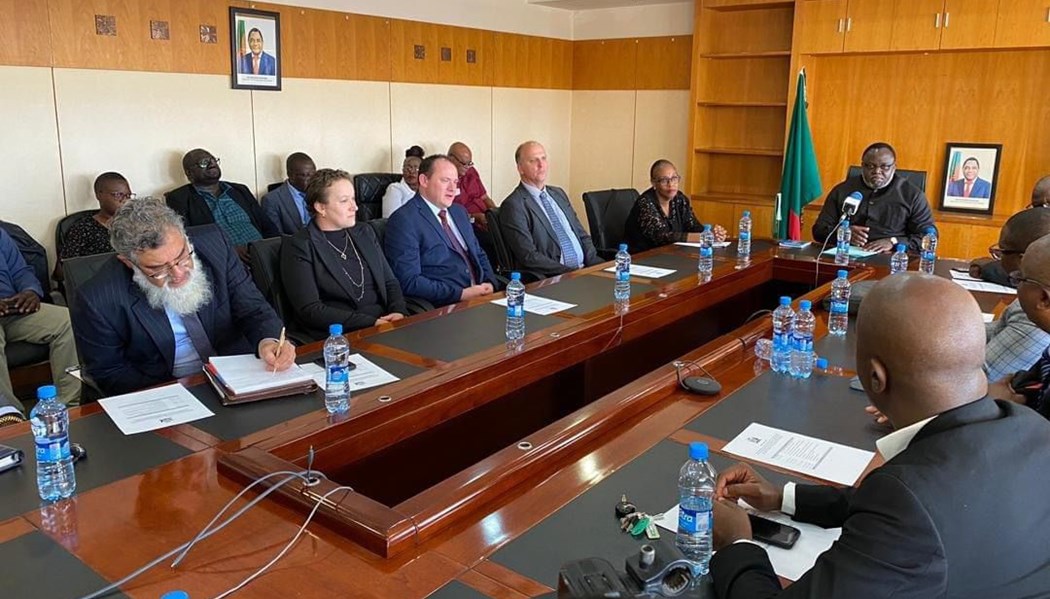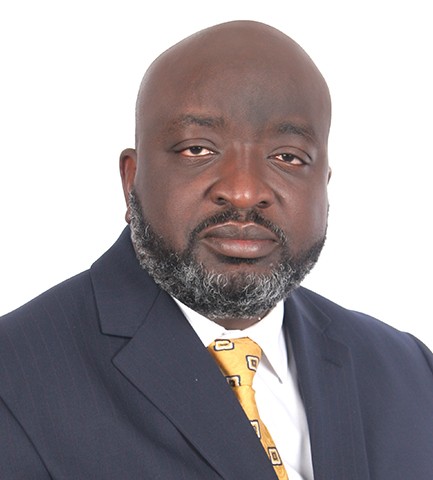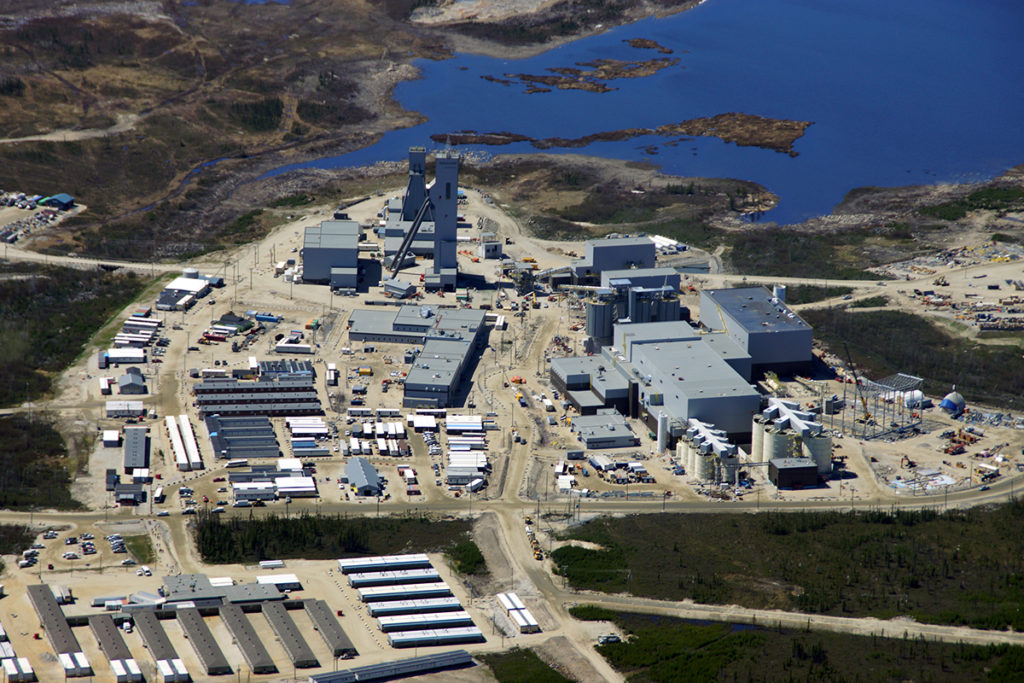Mining Other

Guinea banks on China to leverage iron ore mining boom

Guinea’s bauxite deposits are the largest in the world, drawing business leaders to the West African country in search of more. Yet an iron ore deposit of some 3 billion tonnes in Simandou in the southern highlands, has long remained unexploited.
Last week, however, Guinean officials said the deposit signals a new future for the country, giving themselves 15 years to fully profit from the mines. The deposits now form part of the larger integrated Simandou Project, which includes the mines, a railway line, and a deep-water port.
The project was inaugurated on November 12 when Guinea’s President Mamady Doumbouya hosted Rwandan President Paul Kagame and Gabon’s Brice Nguema in Forécariah, a port town about 70km east of the capital Conakry on the Atlantic coast. Together, they launched the iron ore export port and railway line. The processing plant is still under construction.
Doumbouya and his government used the occasion to highlight past failures, noting that the project had been promised to Guineans before but never implemented.“Guinea will prove that Africa can avoid the resource curse,” said Djiba Diakité, Doumbouya’s spokesperson and chairman of the Simandou 2040 Strategic Committee, which oversees the blueprint for harnessing minerals for national benefit.
An International Monetary Fund assessment indicated Guinea could boost its $24 billion GDP by up to 30 percent if the iron ore deposits are managed well.
Yet Conakry lacks the funds, and the country is also undergoing a political transition. Doumbouya seized power in a 2021 coup and has scheduled elections for December 27 to restore civilian rule.
They wanted to see it up and running because they were tired of stories,” said Mamoudou Barry, chairman of the governing council of the Trans-Guinean Company (CTG), which will own and operate the 650 km dual railway line, the port, and an iron ore plant to process part of the ore locally.
Conakry turned to China and other partners, but Beijing is doing most of the heavy lifting. The project has required nearly the country’s GDP, costing some $20 billion. Officials say there are guarantees on better returns on investments.“The Chinese buy from everyone in the world, not just Guinea. But when they came in, they brought two things: funding and offtake. We have the world’s main buyer of iron ore holding shares in our project. So we know where we are going to sell our product,” Barry said.
Three consortiums divided the main blocks but were required to collaborate on building shared infrastructure to minimise environmental damage. Chinese firms Baowu and Chinalco, alongside British-Australian mining giant Rio Tinto, will run the integrated project, while the Guinean government retains a 15 percent non-contributory stake.
Barry said pragmatism among the players led to the inclusion of a local factory, absent from initial plans.“They were happy to invest that much in Guinea because when we started, the project’s capital was equal to the country’s GDP. Nobody could have believed this,” he noted.
The railway will transform Guinea’s export profile, running 650km on dual tracks—1,300km in total—crossing nine cities from Beyla in the east to Forécariah in the southwest near Conakry. It can carry up to 160 million tons of goods annually, potentially benefiting farmers and neighbouring landlocked countries.
The new port can export 120 million tons of iron ore per year, which would make it one of Africa’s largest mining ports. Previously, individual companies exported less than 10 million tons annually.
Officials say the project has already created 50,000 jobs over three years and could generate 30,000 more once fully operational. Still, they acknowledge the political sensitivities surrounding natural resources in Guinea.“Guinea is standing out today because of Simandou. The stability of the country is certainly important,” said Ismael Nabé, Minister for National Planning and International Cooperation.
Doumbouya, he added, formed his government to ensure representation from all four national regions.“In the next 15 years, Guinea will develop the mines and use them to grow other sectors of the economy. In Australia, there is a mining region that is also agriculturally productive. We could do the same. Imagine, we have 13 million hectares of arable land and are known as the water tank of West Africa. The Niger, Senegal and Gambia rivers all have their sources here,” Nabé said. “All these resources matter, but stability matters more. Guinea is ready to learn from the best around the world. We must ensure every Guinean gets a fair share.”
The vote will test whether Guinea can break from the controversial club of West African countries under military rule since 2021: Guinea, Mali, Burkina Faso, and Niger.
In the meantime, Conakry says it could offer its neighbours a conduit to economic stability.












